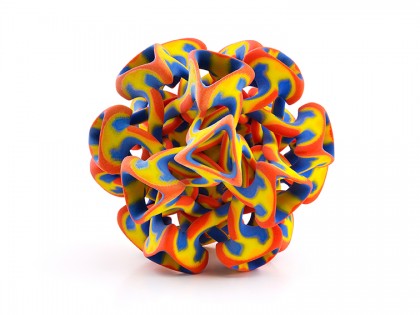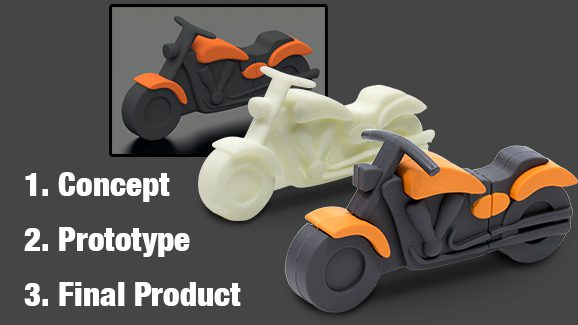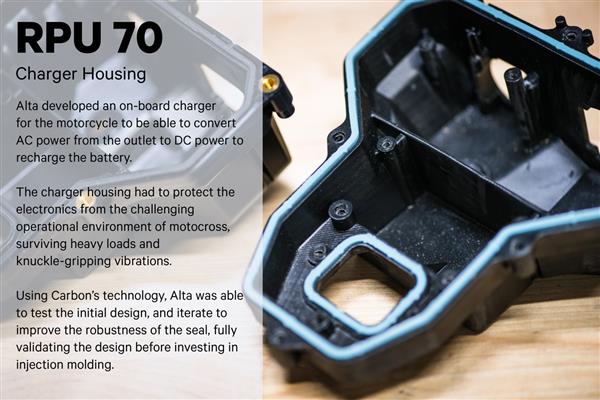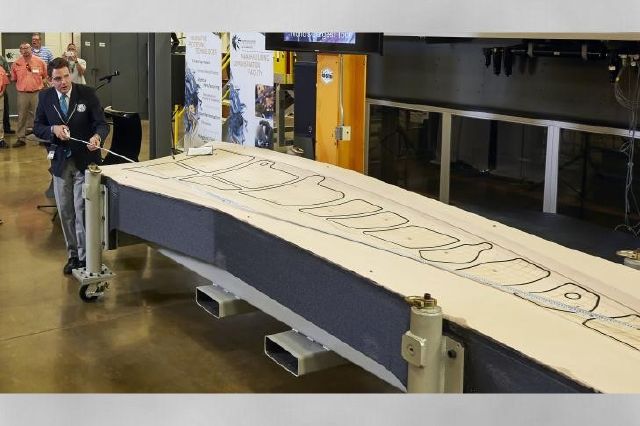Build Your Industry with 3D Prototyping Process!!
3D printing is not a new technology. It’s being used in industries for 30 years. In today’s world, however, industrial level 3D printing, known as additive manufacturing, and advanced CNC machining allow manufacturers to build up prototypes significantly faster and perform well on demand.
AM can be implemented throughout all of the steps of the manufacturing process, from creating prototypes and producing supporting tools like jigs and fixtures to end part production.
https://www.youtube.com/watch?v=XWFF8qr0pyo
Visual Prototypes
When it was invented, 3D printing was mentioned as rapid prototyping, a method for automating and reducing the labor required to create a prototype model for design validation. Since then, it has found use in a number of other applications, but the technology is still widely implemented to create visual models and functional prototypes.
For the production of visual models, 3D printing has evolved more. Though it’s possible to create highly detailed prints with technologies like stereolithography (SLA), full-color 3D printing with binder jetting, paper 3D printing, and material jetting can achieve a vibrancy impossible with other technologies.
ColorJet Printing

ColorJet Printing (CJP), a binder jetting technology from 3D Systems, involves the deposition of a liquid binding agent and CMYK inks onto a bed of gypsum powder, resulting in the creation of full-color, sandstone-like models. Though the process is different, PolyJet, from Stratasys, takes this a step further with the ability to alter physical properties such as flexibility and transparency. PolyJet is a material jetting technology that deposits photocurable resins, which are then hardened with a UV lamp.
Mcor’s paper 3D printer
Mcor’s paper 3D printing technology unable to achieve the same geometric complexity but the parts are made from paper, making it eco- friendly. This process sees CMYK deposited onto white paper, which is then pasted to the previous layer and cut with a tungsten carbide blade.
Functional Prototypes
For testing the function of a design, color quality may not be so important. For example, testing a living hinge might require 3D printing with a durable thermoplastic, such as nylon, or with a rubber-like photopolymer, printed with material jetting or vat photopolymerization technologies, such as SLA or digital light processing (DLP). For wind tunnel testing, a number of technologies work, but the part will need to be post-processed in such a way that aerodynamic properties of a part aren’t inhibited by the striation made through the 3D printing process. For this reason, a high-resolution technology may be preferred.
Alta Motors All-Electric Motorbikes
Alta Motors is an electric motorcycle manufacturer that has begun working to use 3D printing to prototype parts for its bikes. In designing the firm’s Redshift motorcycle, Alta Motors turned to 3D printing service bureau The Technology House (TTH) to iterate functional prototypes quickly for parts that were to be mass manufactured. TTH relied on continuous liquid interface production (CLIP), an ultrafast 3D printing process from Carbon, to 3D print a number of parts.
Tooling
As a design moves from the concept phase to the production phase, a manufacturing operation may implement 3D printing for the fabrication of custom tools that aid in the production process. This can include anything from guides for precise drilling, dies for forming or cutting the raw material into a specific shape and measurement tools, like gauges, to jigs and fixtures that hold a part in place while other operations are performed.
3D printing may be used directly or indirectly in the creation of tooling. In the case of indirectly fabricating a tool with AM, a tool may be made by coating a 3D-printed component in rubber, which is then used to cast the tool itself.
When tools are custom made for a new manufacturing job, a business may need a third-party service provider, which may rely on traditional manufacturing technologies, such as CNC machining, to create the tooling. This process can be costly and time-consuming, with the business waiting weeks to months for the tools to be shipped in order to even begin manufacturing.
Patterns, Core, and Molds
3D printing is also used to produce objects that will ultimately be cast in metal. On a small scale, this can mean lost-wax casting models for jewelry and dental crowns. On a large scale, this can mean creating sand cores for casting complete engine parts.
In the process of lost-wax casting, a positive is 3D printed in a castable material. It is then submerged in a specialty investment material and burned out in a kiln. The result is a mold that is filled with molten metal to create a metal part. SLA, DLP, and material jetting technology, like the wax 3D printing process created by Solidscape, are ideal for this process, as they are capable of producing finely detailed prints with a high burnout.
https://www.youtube.com/watch?v=15AmryIYu4k
For larger parts, binder jetting processes, like those from Voxeljet and ExOne, may be implemented to 3D print sand cores and molds. Binder jetting involves the deposition of a binder material onto a bed of powder, including sand, layer by layer until the print is complete. In sand casting, this object may then be placed into a molding box, which is filled with molten metal and, once cooled, broken apart to reveal the final metal object.
Due to the speed, quality and cost of AM, the technology is best suited for the production of specialty parts in smaller batches, rather than mass-manufactured goods. For this reason, end products that are made with 3D printing have usually been made that way for the good cause.


